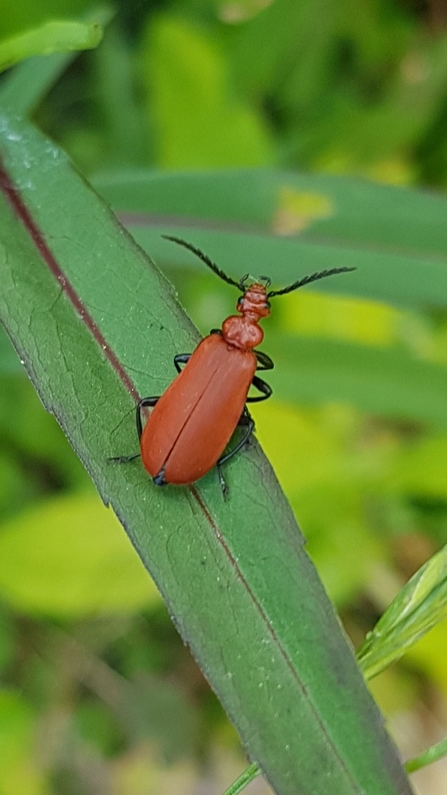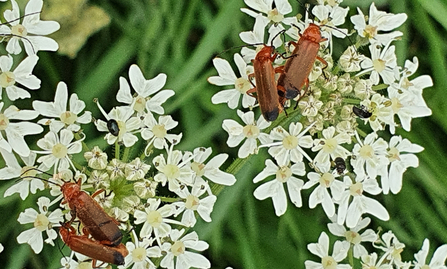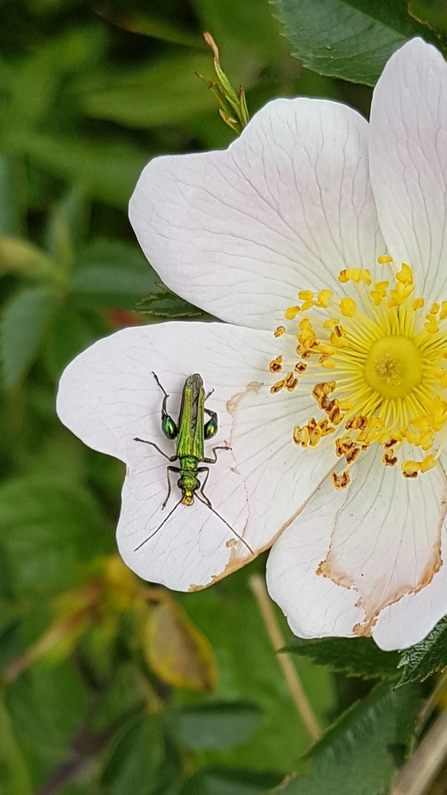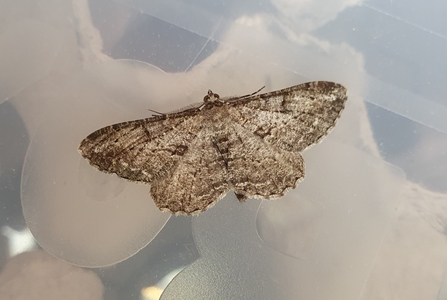One of the things I remember about these walks is my mother telling me the names of the various flowers we encountered. Some of them, anyway. I also remember her saying – on virtually every walk – “I should have brought the flower book” and “I should have brought the camera”. From Mum, I absorbed the idea that to see something in nature was to want to know its name. And that the best ID book/camera is the one you’ve got with you…
What’s in a name?
Many years later, when I moved to the countryside and began to be interested in nature again, the first thing I did was wonder what the bird/flower/tree/insect I was looking at was called. The second thing – because I was grown up and prone to introspection – was to wonder why. Why do humans want to name things? Why can’t we just admire? Why do we need to identify?
A tale of two beetles
Obviously, there are good scientific reasons for distinguishing one species from another - how to say if beetle A is in need of urgent conservation if it can’t be distinguished from beetle B? This can also be important to the beetles in question. The first beetle I encountered and wanted to name was a gorgeously-red-coated cardinal beetle. Often confused with the moderately similar lily beetle, apparently. The risk for the inoffensive cardinal beetle is that it will be crushed, sprayed or otherwise annihilated by vengeful gardeners bent on retribution for the damage inflicted by lily beetles. Have you ever googled ‘lily beetle’? It’s a shocking experience. So much hate for one small creature. Whose lily is it, anyway? Without lilies, who would starve? Not the gardener…





